
June 19, 2024
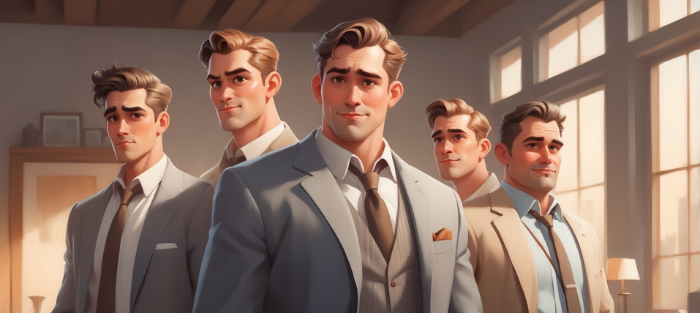
Understanding how to dress for your body type can make a significant difference in how you look and feel. Wearing clothes that flatter your unique shape not only enhances your appearance but also boosts your confidence. While fashion trends come and go, the principles of dressing for your body type remain timeless. This guide will provide you with practical tips and step-by-step advice on how to dress for your specific body type, ensuring a flattering fit every time.
Your imagination is your preview of life’s coming attractions. – Albert Einstein
Before diving into specific tips, it’s essential to understand why dressing for your body type is crucial. The right clothing can:
By recognizing your body type and learning how to dress accordingly, you can make more informed fashion choices and enhance your overall style.
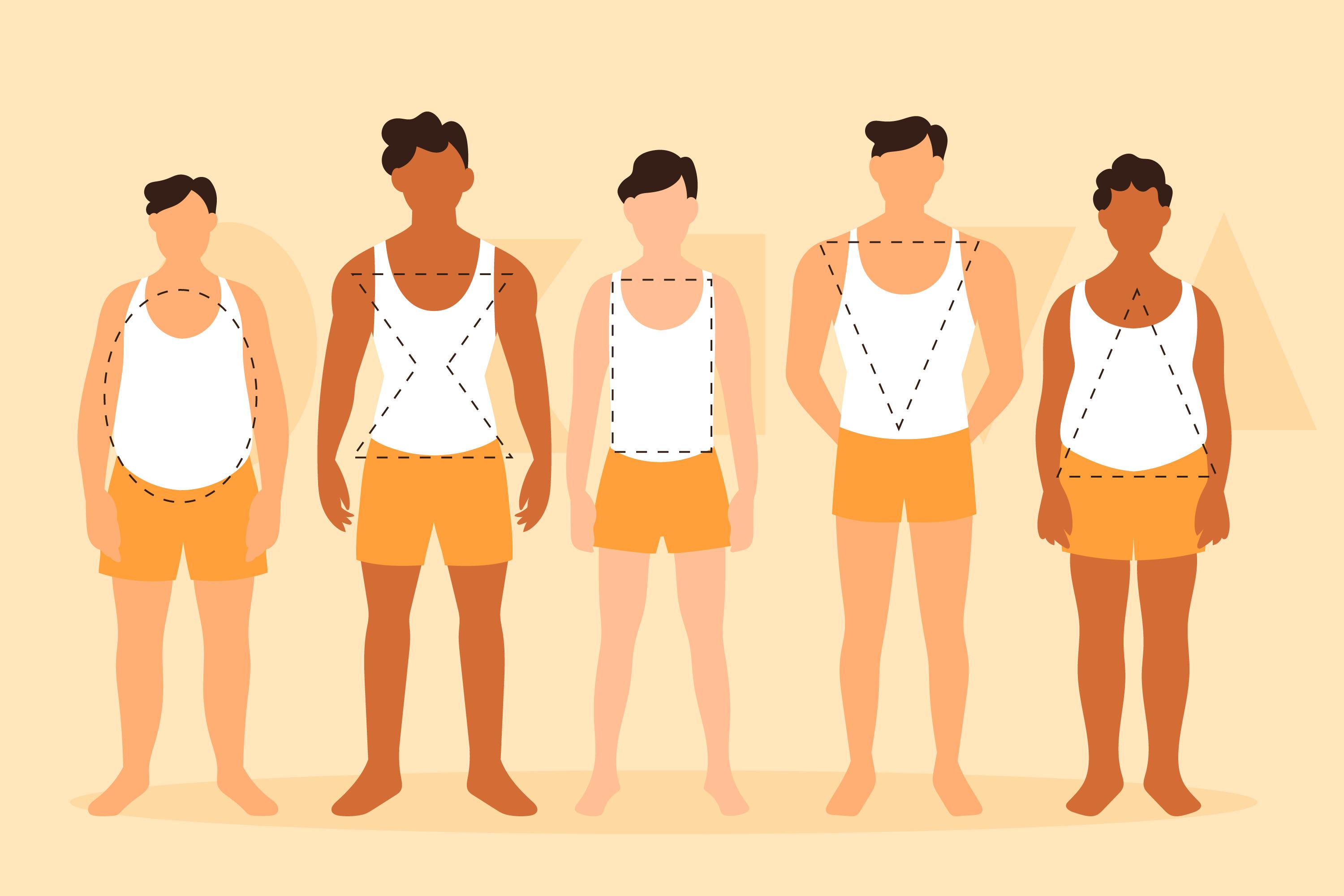
The first step to dressing for your body type is identifying which category you fall into. Here are the most common male body types:
Once you’ve identified your body type, you can start selecting clothes that highlight your strengths and downplay any areas you’re less confident about.
Characteristics: Shoulders, waist, and hips are roughly the same width.
Goals: Create the illusion of broader shoulders and a narrower waist to add shape and definition.
Tips:
Avoid:
Characteristics: Shoulders and chest are narrower than the waist and hips.
Goals: Balance the proportions by adding volume to the upper body and minimizing the lower body.
Tips:
Avoid:
Characteristics: Broad shoulders and chest with a narrower waist and hips.
Goals: Soften the shoulders and create a balanced look by adding volume to the lower body.
Tips:
Avoid:
Characteristics: Wider waist with narrower shoulders and hips.
Goals: Create a more defined waistline and elongate the torso.
Tips:
Avoid:
Characteristics: Broad shoulders and chest with a slightly narrower waist and hips.
Goals: Highlight the natural proportions without adding bulk or creating imbalance.
Tips:
Avoid:
While specific tips vary based on body type, here are some general styling tips that apply to everyone:
No matter your body type, well-fitted clothes always look better. Invest in tailoring to ensure your clothes fit perfectly. A good tailor can adjust off-the-rack items to suit your body shape, enhancing your overall appearance.
Focus on building a wardrobe with high-quality, versatile pieces rather than a large quantity of trendy items. Quality pieces not only last longer but also look and feel better.
Different fabrics can affect how clothes fit and feel. Opt for fabrics that drape well and complement your body type. For example, heavier fabrics can add structure, while lighter fabrics can create a more relaxed look.
Accessories can enhance your outfit and draw attention to your best features. Use belts, watches, ties, and pocket squares to add interest and style to your look. Choose accessories that complement your outfit without overwhelming it.
Good posture can significantly impact how your clothes fit and look. Stand tall with your shoulders back and your chest out to project confidence and enhance your overall appearance.
Dressing for your body type is all about understanding your unique shape and choosing clothes that enhance your natural features. By following the tips and guidelines outlined in this guide, you can create a wardrobe that not only looks great but also makes you feel confident and comfortable. Remember, fashion is about expressing yourself and feeling good in your own skin. Experiment with different styles, find what works for you, and embrace your individuality. With the right approach, you can master the art of dressing for your body type and enjoy a flattering fit every time.
By investing in tailored pieces, choosing quality over quantity, and paying attention to details like fabric and accessories, you can elevate your style and make a lasting impression. Start today by assessing your wardrobe, identifying your body type, and implementing these tips to transform your look and boost your confidence. Happy styling!
Subscribe to the Gents Cave Newsletter

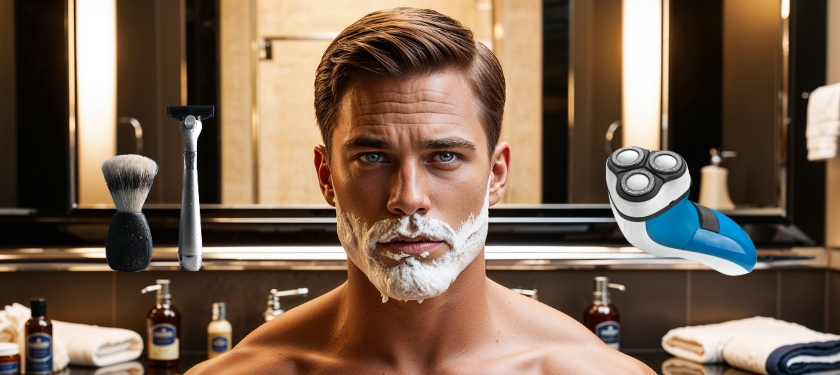

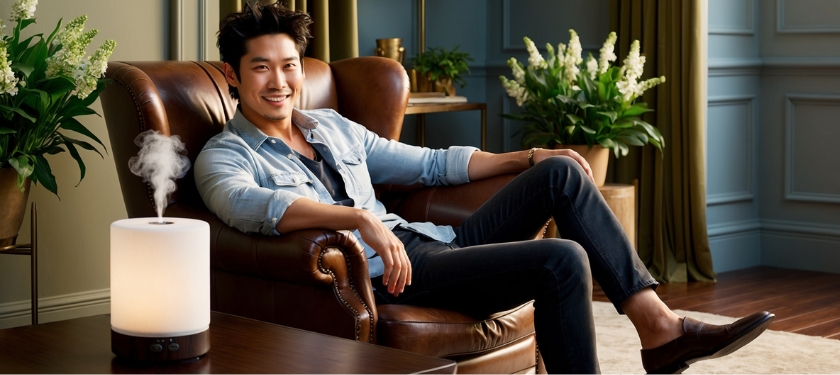
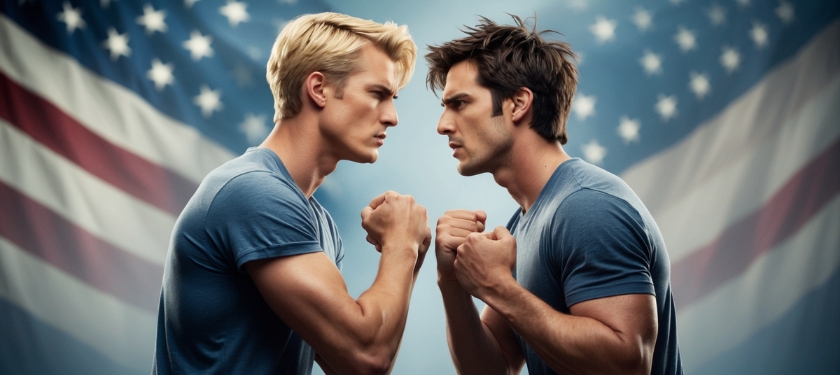
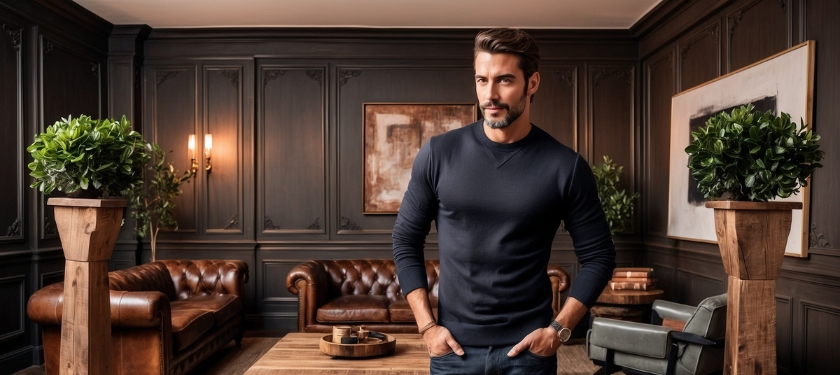
Gents Cave 2024 – All Rights Reserved